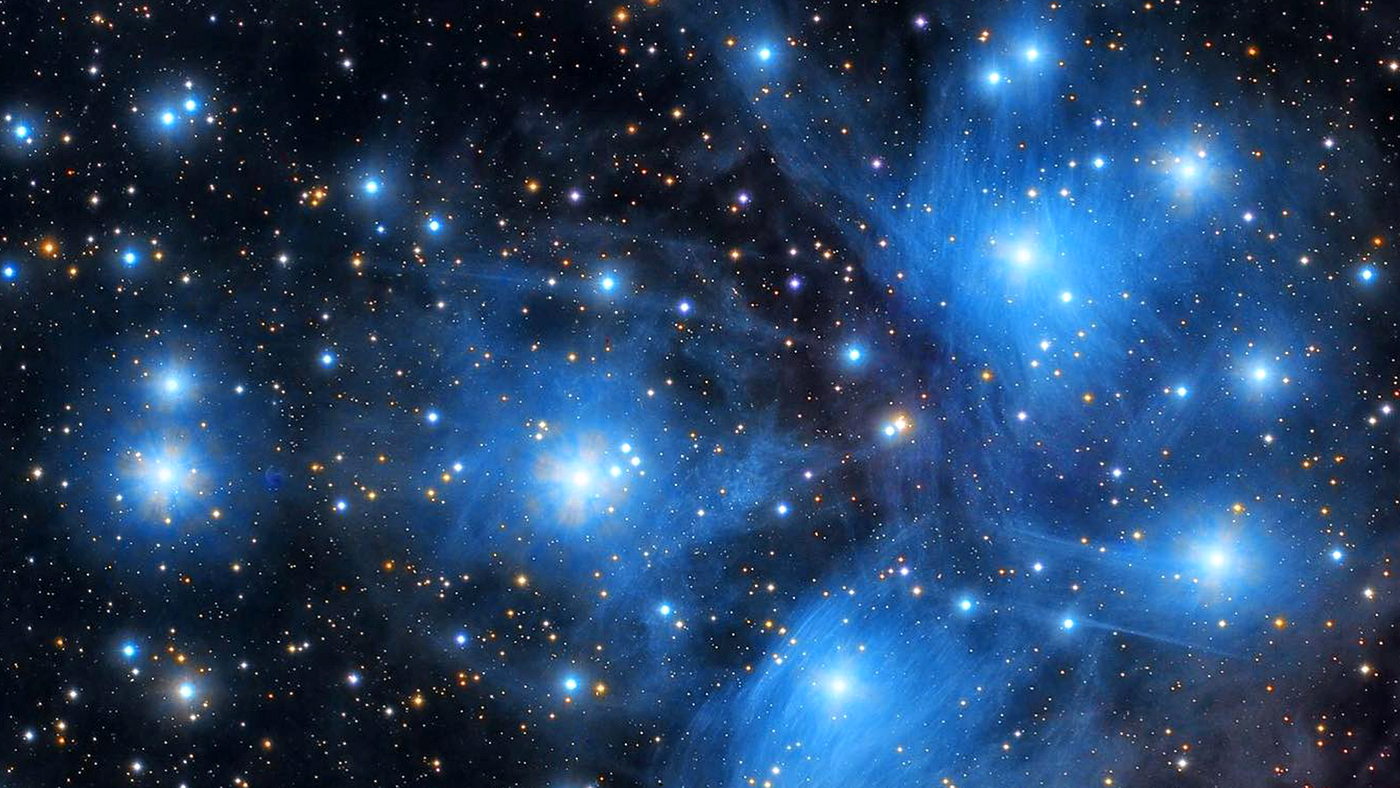Introduction to Stars-923
In the vast expanse of our universe, countless stars twinkle silently, each with its own story to tell. Among these celestial wonders lies a fascinating enigma known as Stars-923. This particular star has captured the attention of astronomers and stargazers alike, sparking curiosity about its unique characteristics and origins. What makes stand out in the cosmic tapestry? Why are scientists so eager to unlock its secrets? Join us on this stellar journey as we delve into the mysteries surrounding Stars-923 and explore what it can teach us about our universe.
The Discovery of Stars-923
The story of Stars-923 begins with a team of astronomers meticulously scanning the night sky. Their mission: to uncover new celestial bodies that could offer insights into our universe’s formation and evolution.
Using advanced telescopes, they stumbled upon this unique star during a routine survey. It stood out due to its unusual light spectrum and distinct characteristics, sparking immediate interest in the astronomical community.
Follow-up observations confirmed its existence and revealed even more intriguing details. Researchers noted anomalies in brightness patterns previously unseen in similar stars.
This discovery not only broadened our understanding but also raised questions about other cosmic entities waiting to be explored. Stars-923 opened doors for further investigation, pushing scientists to delve deeper into stellar phenomena that challenge previous theories about star formation and life cycles.
Characteristics of Stars-923
Stars-923 is a celestial wonder that captivates astronomers and stargazers alike. This star exhibits a unique spectral classification, hinting at its intriguing composition.
Its brightness varies significantly, showcasing fluctuations that suggest complex behavior. These changes in luminosity may be tied to magnetic activity or even the presence of orbiting companions.
The temperature of Stars 923 plays a crucial role in defining its characteristics. With an estimated surface temperature exceeding 6,000 Kelvin, it radiates an intense light that contributes to its visibility across vast distances.
Moreover, the age of Stars 923 sparks curiosity among researchers. It’s believed to be part of an older stellar population, which adds layers to our understanding of galactic evolution.
The position of Stars-923 within its galaxy offers insight into gravitational interactions with neighboring stars and cosmic structures around it. Each detail enriches our knowledge about this fascinating star and fuels further exploration.
A Beginner’s Guide to Stars-923
For those new to astronomy, Stars-923 can seem daunting. But delving into its wonders is rewarding.
Start by familiarizing yourself with the basics of stellar classifications. Each star falls into a category based on temperature and luminosity. Stars 923 fits within this system, making it easier to understand its properties.
Next, utilize online resources or apps that allow you to track celestial objects. Many platforms provide real-time data about Stars-923’s position in the night sky.
Don’t forget about amateur telescopes! While advanced equipment offers more detail, even a simple telescope can reveal fascinating aspects of stars like Stars-923.
Join local astronomy clubs or forums. Sharing insights and experiences with fellow stargazers enhances your understanding and keeps the journey exciting. Embrace curiosity; every observation leads to new discoveries!
The Mystery Behind the Name
The name Stars 923 holds a certain intrigue. It sparks curiosity among astronomers and enthusiasts alike. Why this designation?
Typically, star names follow a systematic approach based on cataloging or discovery dates. The “923” suggests it’s part of an extensive list, yet it feels oddly personal too.
Some speculate that the number represents its position in the sky or its brightness relative to nearby stars. Others think it may hint at the year of its first observation.
Regardless of its origins, calling something Stars-923 adds an air of mystery and wonder. Each time we refer to it, we’re reminded that there’s so much more hidden beyond our atmosphere. Discoveries await those who dare to look deeper into the cosmos and uncover what lies behind such cryptic labels.
Possible Origins of Stars-923
The origins of Stars 923 remain a topic of intrigue among astronomers. Some researchers propose that this star formed from the remnants of an ancient supernova. The explosive death of a massive star could have seeded the region with elements necessary for its birth.
Others suggest that Stars-923 might be part of a binary system, having acquired material from a companion star over time. This interaction would influence its composition and behavior, adding layers to its story.
Furthermore, some theories delve into cosmic events like galactic collisions or mergers that might have contributed to creating such stellar objects. These interactions can trigger bursts of star formation in surrounding gas clouds.
As telescopes become more advanced, our understanding will deepen. Each new discovery about Stars-923 helps us piece together the grand puzzle of cosmic evolution.
Current and Future Research on Stars-923
Current research on Stars-923 is buzzing with excitement. Astronomers are using advanced telescopes to gather precise data about its composition and behavior. This star has sparked interest due to its unusual spectral lines, which could indicate unique elements.
Future studies aim to incorporate artificial intelligence in analyzing light patterns from Stars 923. By employing machine learning algorithms, researchers hope to predict stellar evolution more accurately than ever before.
Additionally, international collaborations are forming around this celestial object. Teams from various countries plan joint observational campaigns that will enhance our understanding of the star’s role in the cosmic landscape.
Upcoming missions may also focus on deep space observations targeting areas around Stars-923. The goal is not just to learn about this particular star but also how it interacts within its galaxy.
The journey into the mysteries of Stars-923 continues, pushing boundaries and opening new avenues for astronomical discoveries.
Conclusion: The Importance of Studying Distant Stars
Studying distant stars like Stars 923 offers invaluable insights into the universe. These celestial bodies serve as windows to our past, illuminating how galaxies form and evolve over time. By unraveling the mysteries of stars such as Stars-923, astronomers can piece together the cosmic puzzle that shapes our existence.
Understanding these stellar phenomena also enhances our knowledge about potential life-supporting systems beyond Earth. Each discovery adds another thread to the intricate tapestry of astrophysics, influencing everything from theories on dark matter to star formation processes.
Moreover, this research fosters technological advancements through innovative observation techniques and instrumentation. As we continue exploring deep space, every new finding brings us closer to unlocking secrets hidden for eons.
The study of stars like Stars-923 not only satiates humanity’s quest for knowledge but also inspires future generations to look up and wonder about the vast cosmos waiting just beyond our reach.

















